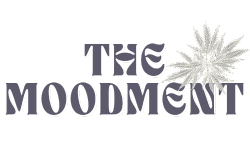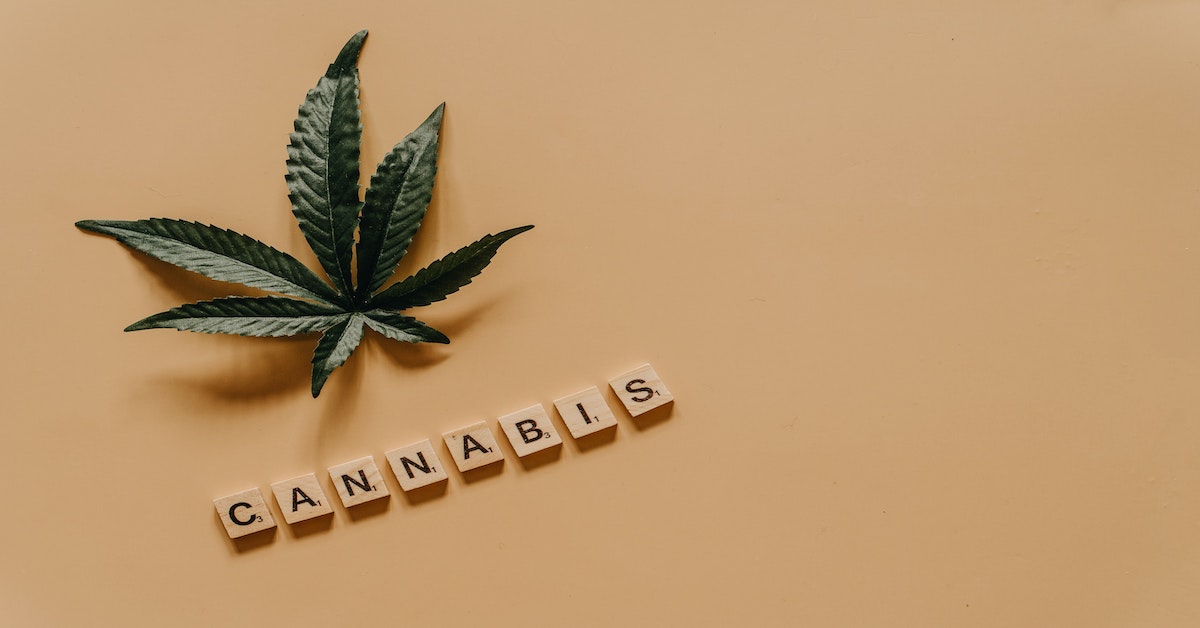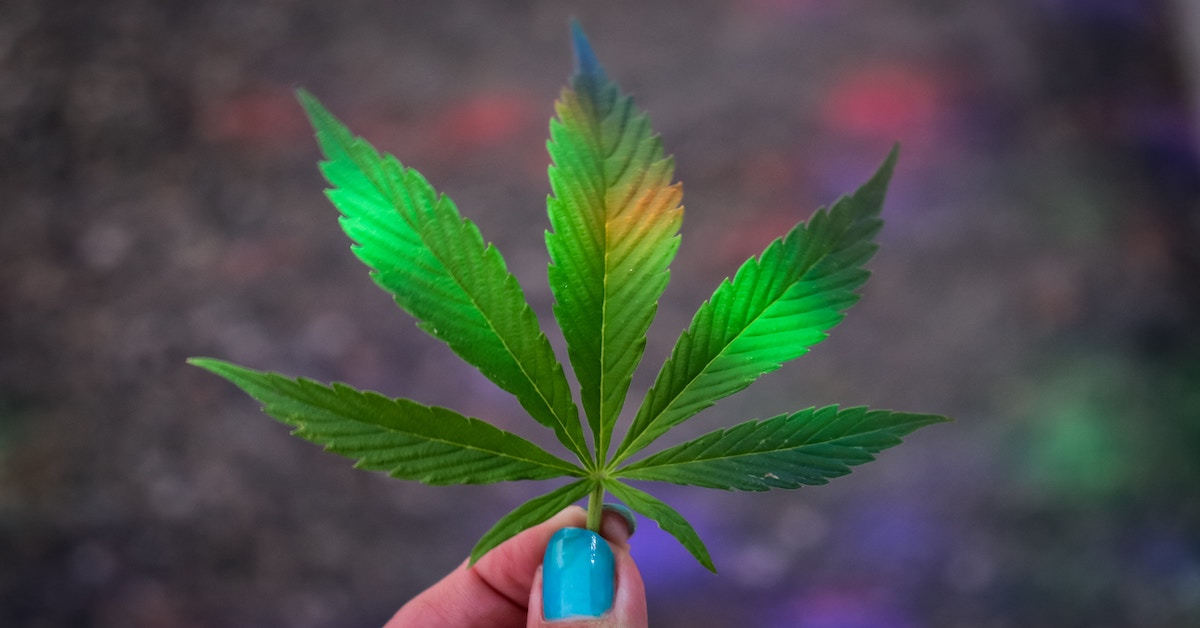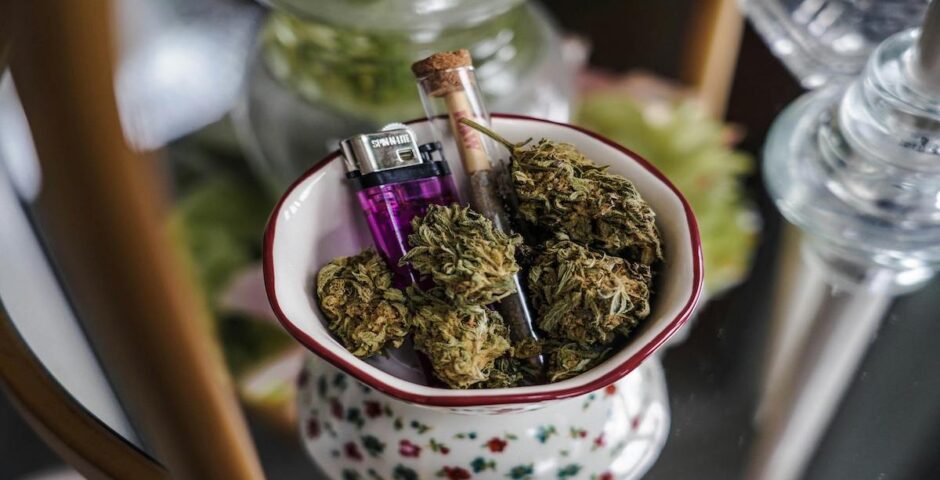
Understanding Cannabinoids
In this ever-changing landscape, understanding cannabinoids and all the acronyms and associated terms can be a little complex. With so much industry growth, here is a Moodporium-approved guide to help you find the right products for you:
What is a cannabinoid, anyway?
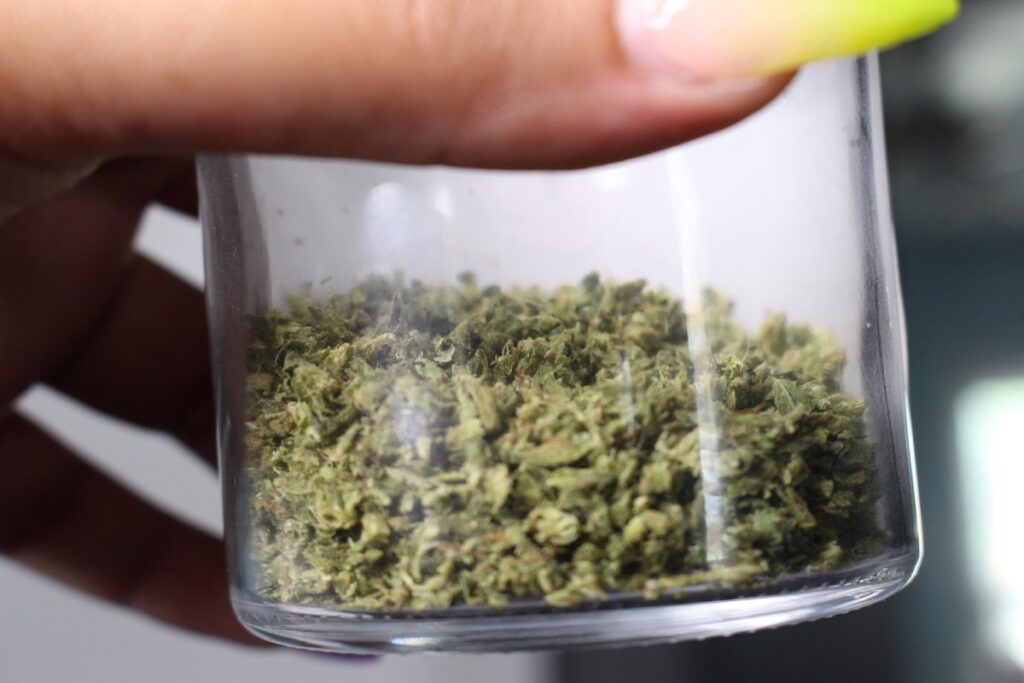
First things first — a cannabinoid is a naturally occurring compound in cannabis plants (hemp or marijuana). A type of chemical that causes effects throughout the body, including the central nervous system and the immune system.
As of today, more than 100 cannabinoids exist (besides THC and CBD). With continued studies focused on comprehensively understanding cannabinoids, it is highly likely that more cannabinoids will emerge.
The C’s of Cannabinoids
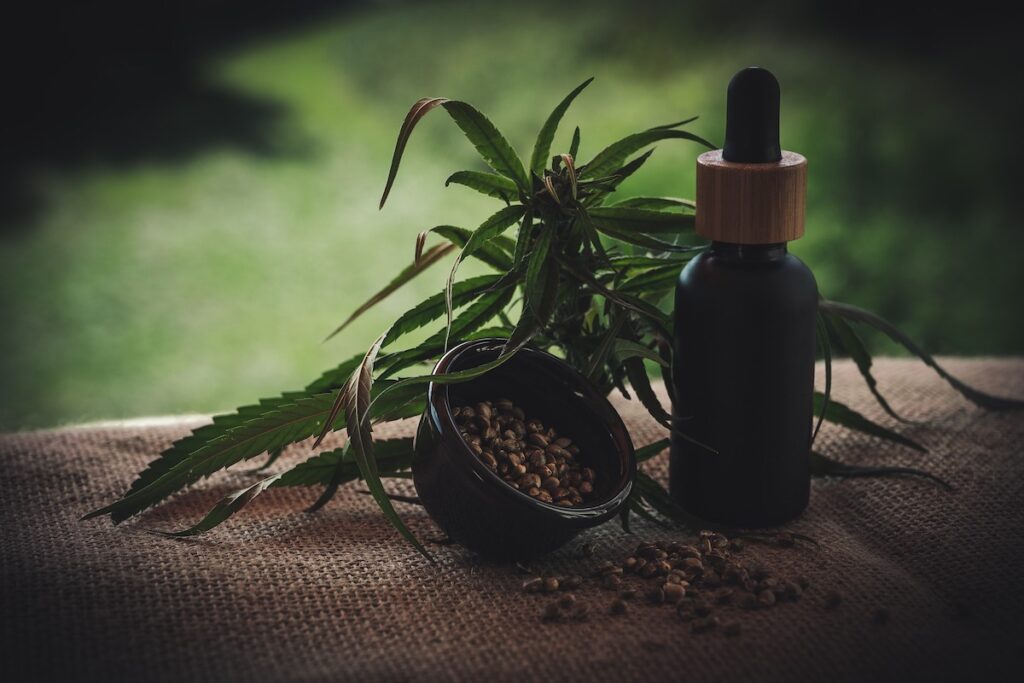
CBDA:
Understanding cannabinoids begins with CBDA — a non-psychoactive compound that serves as a precursor to CBD. More specifically, CBDA is decarboxylated to create CBD (meaning it is heated).
Research has shown that CBDA produces antidepressant effects on rats at doses 10 to 100 times lower than CBD. This is due to CBDA’s relationship with serotonin receptors. For this same reason, CBDA is further researched as an anti-nausea drug, with one study finding CBDA more effective at reducing nausea than CBD.
Recently a study was done that shows some interesting findings on how CBDA can help with COVID; here is an article on Forbes.com, “Study Finds Cannabis Compounds Prevent Infection By Covid-19 Virus.”
CBD:
CBD, the second most prevalent active ingredient in cannabis, is the central non-psychoactive portion of the cannabis plant. Since CBD doesn’t contain tetrahydrocannabinol (THC), CBD doesn’t produce a high and it is not addictive. In fact, according to the World Health Organization, “In humans, CBD exhibits no effects indicative of any abuse or dependence potential…To date, there is no evidence of public health-related problems associated with the use of pure CBD.”
Extensive studies understanding cannabinoids have shown that CBD is helpful for treating a variety of things such as:
- Anxiety
- Autoimmune diseases
- Chronic pain
- Depression
- Epilepsy
- Inflammation
- Migraines
CBG:
When you’re understanding cannabinoids, keep this fun fact in mind: cannabigerol (CBG) is the mother of all cannabinoids. Why? Because other cannabinoids derive from cannabigerol acid (CBGA), which is an acid form of CBG.
CBG, derived from young cannabis plants, contains more CBG than fully developed plants. Similar to CBD, CBG combats pain without having the intoxicating effects that come from THC. Additionally, CBG has anti-inflammatory properties and works as a great muscle relaxant.
Besides pain and inflammation, studies have shown that CBG might help with:
- Crohn’s Disease
- Glaucoma
- Huntington’s Disease
- IBS
- Nausea
Also good to know, CBG slows the proliferation of cancer cells.
CBN:
Meet CBN — a cannabinoid known to be a natural sedative and pain reliever. When understanding cannabinoids, it’s important to remember that CBN isn’t as widely available as CBD, but that it also is highly beneficial (especially when used as an anticonvulsant in patients with seizure disorders, including epilepsy).
You can find CBN in a variety of forms such as capsules, CBN isolates, disposable vape pens, oils, tea bags, and tinctures.
CBC:
Behind CBD and THC is cannabichromene (CBC). As the third most prominent cannabinoid on this beautiful planet, CBC may be up to 10 times more potent than CBD for treating both stress and anxiety. Non-psychoactive, CBC also has significant anti-inflammatory, pain-reducing, antiviral, anti-tumor, and bone-growth-stimulating properties.
The D’s of Cannabinoids
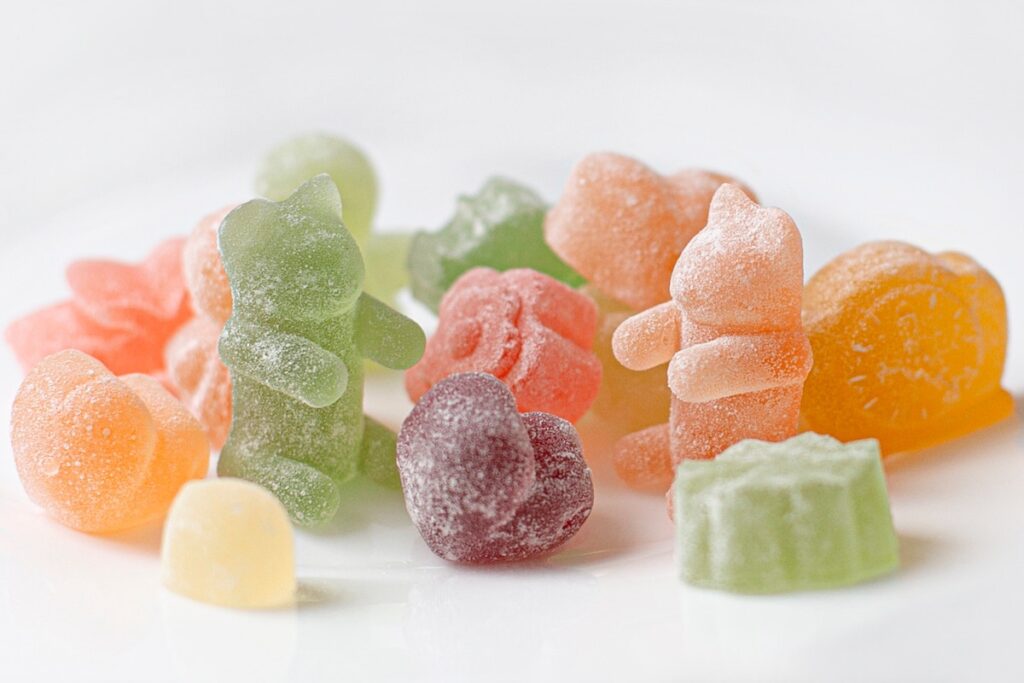
Delta 8:
I’m sure you’ve heard a lot of buzz about Delta 8 (perhaps it’s why you’re reading this and trying to understand cannabinoids better). A psychoactive cannabinoid found in the cannabis plant in small amounts, Delta 8 produces feelings of euphoria, relaxation, and potential pain relief.
Legal under the 2018 Farm Bill, Delta 8 is a CBD isolate that is converted into a rare cannabinoid. According to Discover Magazine, Delta 8 produces a similar effect to that of THC but with “some variations in the type of high it will produce.” In fact, some people find Delta 8 to “produce more cerebral effects” and it even can produce a “slight energetic buzz.” Also, in comparison to THC, Delta 8 users also report experiencing less dry mouth and red eyes.
Beloved by those looking to relax, there are a plethora of medical conditions that Delta 8 can also help with like:
- Anxiety
- Chronic pain
- Depression
- Improved appetite
- Improving sleep
- Reduced inflammation
- Sensory overstimulation prevention
- Stress
If you’re new to Delta 8, it is available in oh so many forms such as candies, cartridges, chocolates, cookies, gummies, infused drinks, tinctures, and vape cartridges.
Delta 9 (Compliant):
Delta 9 (Compliant) is a psychoactive cannabinoid from the hemp plant. Essentially, the 2018 Farm Bill legalized cannabis-based products that consist of less than 0.3 percent THC on a dry weight basis. This means that if you create a Delta 9 (Compliant) product and adhere to the THC limit, it is legal at the federal level. And yes, traditional Delta 9 is known as marijuana.
Stronger than Delta 8, Delta 9 (Compliant) comes with a slew of benefits including:
- Decreased anxiety
- Feelings of happiness and exhilaration
- Heightened imagination
- Improved overall mood
- Improved sensory perception
- Increased appetite
Delta 10:
Typically found in Sativa strains, Delta 10 is a psychoactive cannabinoid found in trace amounts in the cannabis plant. Known for being less potent than Delta 9 (Compliant), Delta 10 commonly provides energizing and euphoric effects. While other Delta products often produce a full body high, Delta 10 offers users more of a head buzz.
Considered to have anti-anxiety properties, Delta 10 produces euphoric feelings without stirring up any anxiety or paranoia.
Delta 11:
Delta 11 is a chemical compound produced in the liver after your body processes THC — it’s what your body turns THC into after it’s ingested.
The main benefit of Delta 11 is that it’s a more potent version of Delta 9 (Compliant). When compared to other Delta products, Delta 11 offers users an unmatched euphoria. For those looking for deep relaxation with both a cerebral and physical body high, Delta 11 will not disappoint.
The H of Cannabinoids
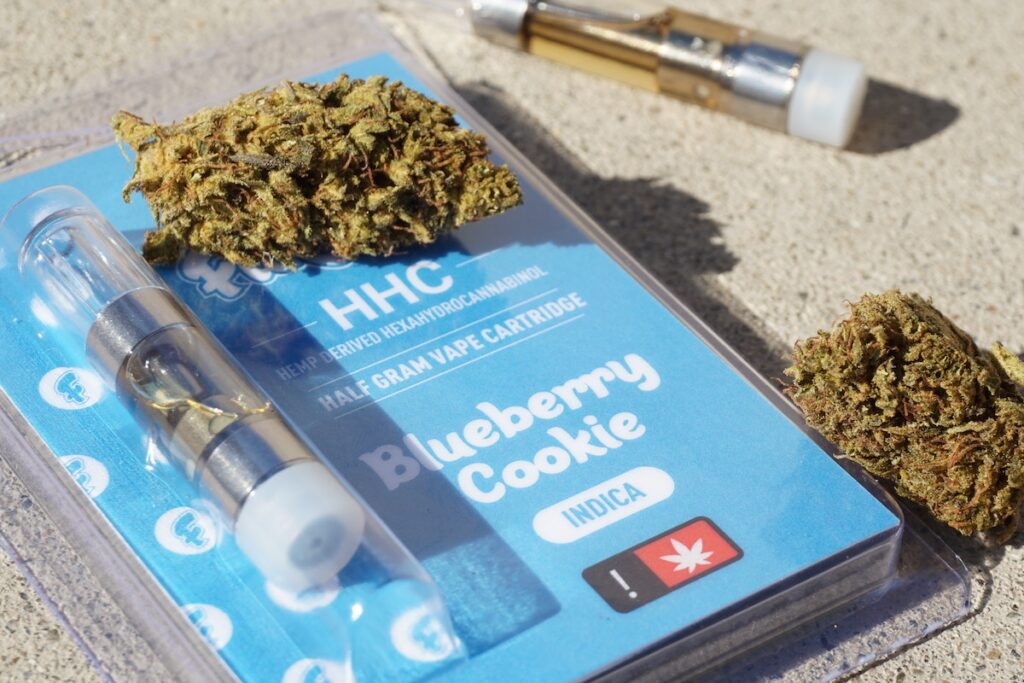
HHC:
Aexahydrocannabinol, a hydrogenated form of THC naturally present in varieties of cannabis in trace amounts, is better known as HHC. Known for having similar effects to THC, the most significant difference is that HHC has no double bond in its carbon chain.
Commonly converted in a laboratory using a hydrogenation process similar to vegetable oil and margarine, HHC’s conversion process gives it two extra hydrogens. This makes HHC more stable for shelve life preservation.
As you dive deeper into understanding cannabinoids, know that while HHC is not as potent as THC, it does produce psychoactive effects such as euphoria, increased appetite (hello munchies), and deep relaxation.
The T’s of Cannabinoids
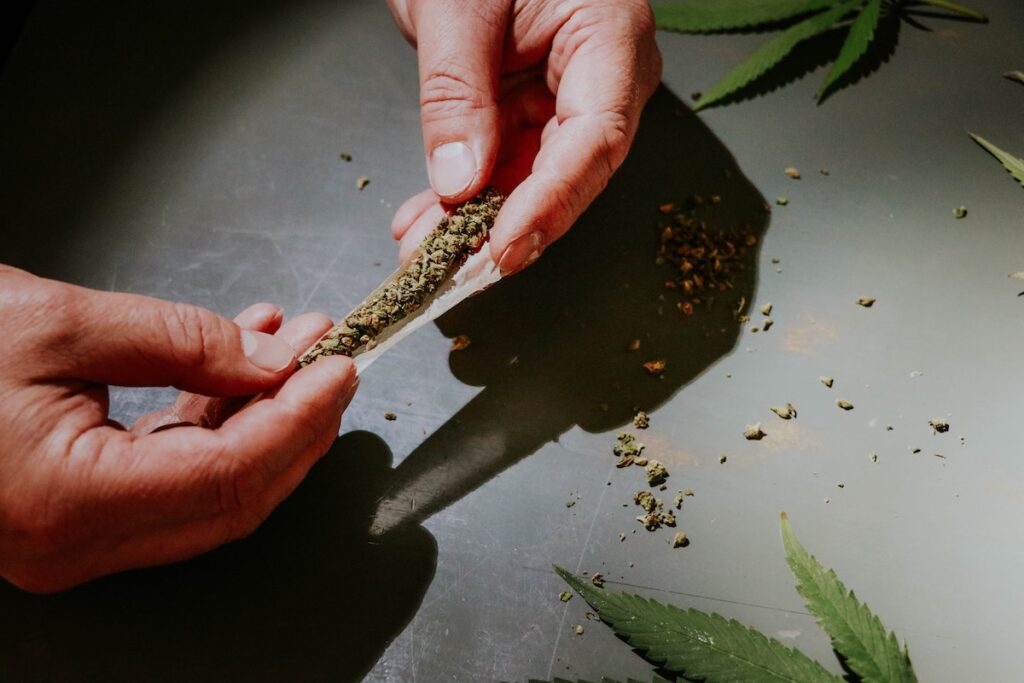
THCh:
THCh has a 6-carbon alkyl sidechain, while regular THC has only a 5-carbon sidechain. This means the psychoactive effects will be longer and 10x more potent than Delta 9 (Compliant).
Here’s what you can expect with THCh:
- A sense of relief
- Euphoria
- Joy
- Lowered inflammation
- Pain relief
- Relaxation
THCjd:
THCjd is a rare and largely unknown cannabinoid with an 8-carbon alkyl sidechain, reportedly 19x more potent than Delta 9 and 25x stronger than Delta 8.
While THCjd shares many of the same effects as THC, you can expect to feel a sense of calmness, lightheartedness, and relaxation with THCjd.
THCo:
THCo is a synthetically processed cannabinoid that starts as CBD isolate turned into Delta 8, but then manufacturers process it further by adding a chemical known as acetic anhydride. By doing this, THCo effects can be similar to using a light dosage of psilocybin mushrooms and a hint of LSD.
A typical THCo high will come with the following benefits:
- Both a buzz and body high
- Consciousness expansion
- Increased creativity
- Psychedelic effects
- Relaxation
- Unbridled happiness
THCp:
THCp is a rare and largely unknown cannabinoid with a 7-carbon alkyl sidechain, reportedly 10x more potent than Delta 9. When understanding cannabinoids, it’s important to remember that THCp is an exceptional tool for those fighting immense pain or crippling insomnia. Incredibly strong, THCp is a great go-to for a highly effective sedative feeling.
THCv:
Last, but not least, take a look at THCv — a unique cannabinoid with psychoactive properties that has potential therapeutic benefits for appetite control while providing a focused, energetic sense of euphoria. The effects of this cannabinoid are short-lasting, similar to other cannabinoids like THC or CBD.
Additionally, research studies have shown that THCV has anticonvulsant properties, plus it can help with diabetes and work as an anti-inflammatory agent.
And now you know the ABCs of cannabinoids…
I don’t want you to make understanding cannabinoids too complicated, so when you’re considering what’s out there and what each cannabinoid does — just keep in mind the Cs, the Ds, the H, and the Ts.
